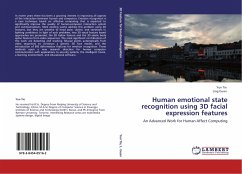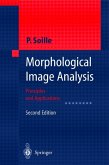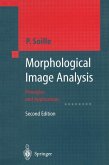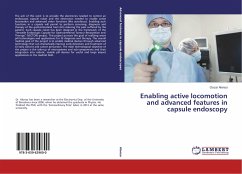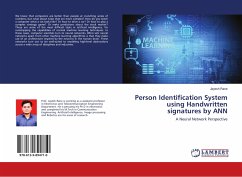Diabetes mellitus (DM) and its complications leading to diabetic retinopathy (DR) are among the leading causes of death and disabilities. This research advocates detection of DR and NPDR using tongue images by extracting features like color, texture and geometry. Color gamut with 12 colors represent tongue color features where percent amount of a particular color helps in detecting the type of disease, eight blocks located on tongue along with their texture values of each block characterize eight tongue texture features, further measurements, distances, areas, and their ratios of the geometry of the tongue represent 11 geometry features. Combination of all the 30 features together help to separate Healthy/DM as well as NPDR/DM-sans NPDR tongues along with their average accuracies. The classification is done using Artificial Neural Networks. The training dataset is used for training the classifier which is then tested with the testing dataset. Hence, this non-invasive method for DM and NPDR detection will be beneficial to patients for early detection of diseases.



